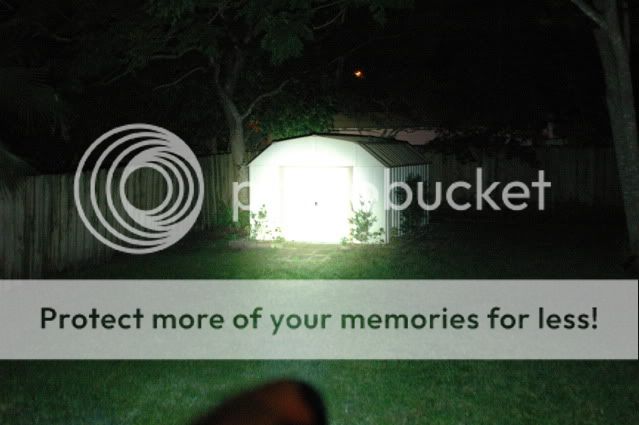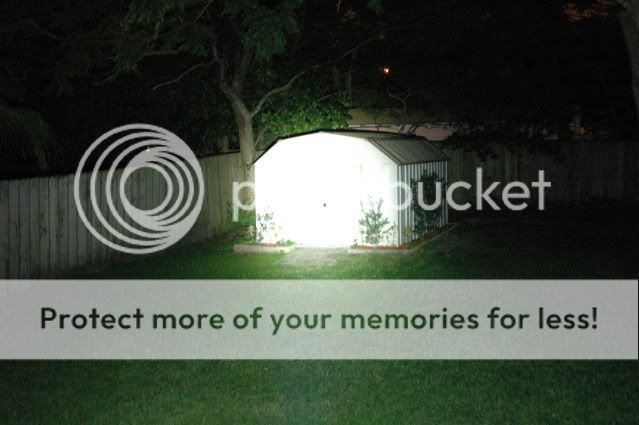+1. I stopped using even my high end Fluke 189/289 for current measurements. I now use a clamp meter instead. Mine has pretty good sensitivity down to the 10mA range, so it is more accurate than I need for measuring current in the Amps range. Here I am measuring output from a hipCC for my latest diving head project:
The majority of the clamp meters are in fact for AC measurement only, as that is the most typical use - you don't want to break a high ampere AC circuit (20-30-50Amps or more) to measure the current, so the clamp meter is really the "only" way to do it. However, specialized meters such as mine above can read both AC and DC current.
Note that to make accurate measurements with a DC clamp meter:
- put the meter in the range you want to measure
- turn OFF your circuit - very critical since you will be zeroing the meter!
- clamp the meter around the single wire you want to measure (make sure to use follow the arrow on the clamp so that you are measuring current in the right direction - for DC current it matters).
- don't move the meter - it must be completely still. Meaning you can't hold it by hand!
- you MUST zero a DC clamp meter (press the ZERO button), without disturbing the meter
- turn ON your circuit
- measure your DC current value

Will



